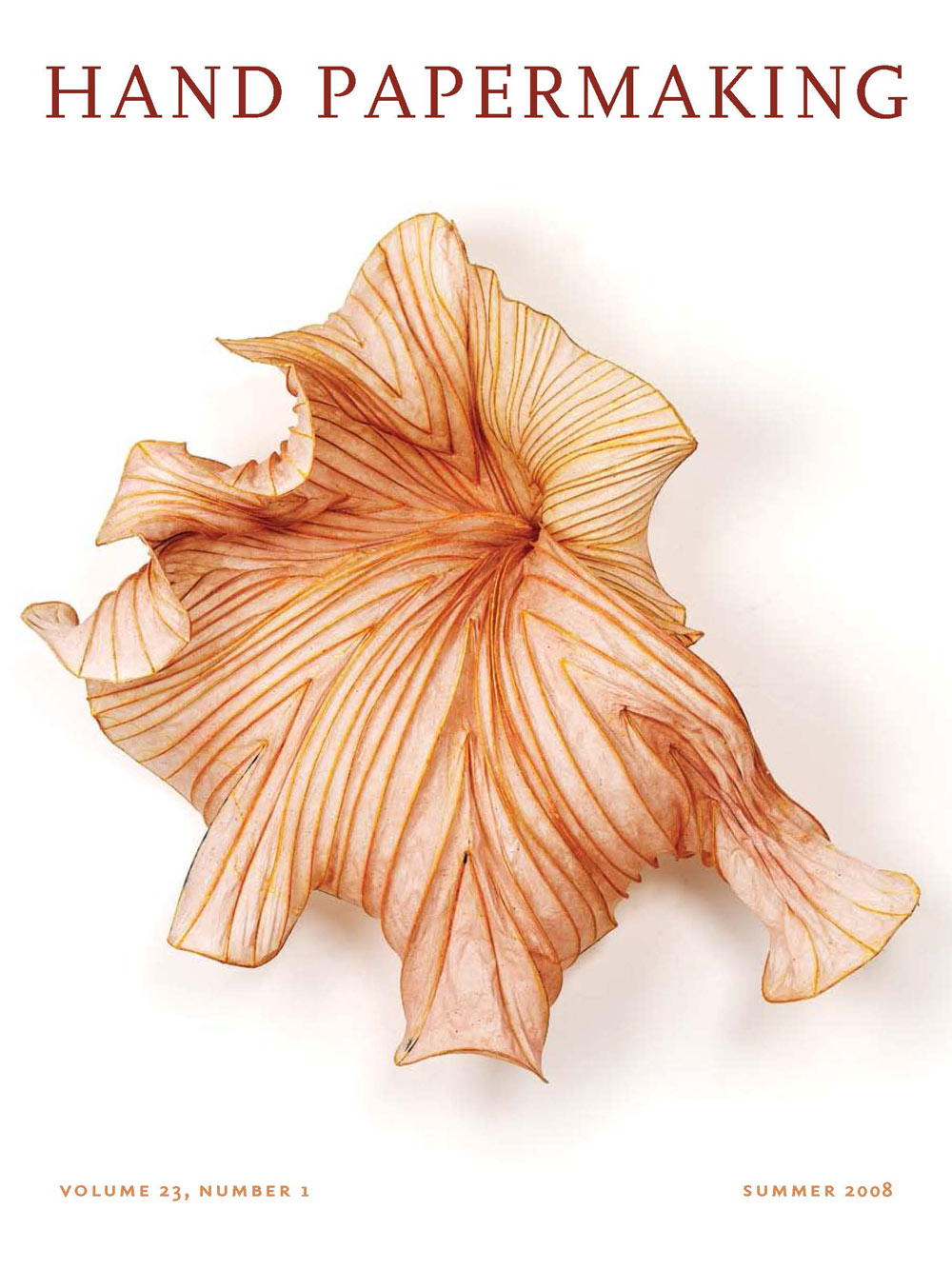Krasner was born in Brooklyn in 1908. She was a serious and gifted student. Her education culminated in the studio of Hans Hoffman. In 1945, she married Jackson Pollock, and they lived and worked together until his death in 1956. Their union was one of great emotional and artistic influence. Krasner died in 1984, just after a breakthrough retrospective exhibition opened in the Museum of Fine Arts, Houston. The Robert Miller Gallery is large and expansive, with four viewing spaces linked with a central hall. The language of abstraction and abstract expressionism is a given in the work that was shown, an unusual and welcome sight to see in Chelsea in 2007. I was first drawn to some highly contrasting collages, made from cut-up charcoal life drawings that Krasner made in the 1940s, sliced between dense, opaque colored strips of green or red colored paper. In Untitled (1980), the cut shapes look like flames or leaves arrested in flight. The fragments of drawings create an uncanny sensation as they appear and disappear, now figurative, now just gray ground for collage. The hall led me through to the side and back sky-lit rooms filled with bright, saturated color on small Howell papers, vibrating with varieties of marks, curved and sharp, blobs, and dusty gestures. All through there was an intensity of purpose. The titles revealed four recurring themes: Seeds, Earths, Waters, and Hieroglyphs. Coming to the exhibition knowing very little of Krasner's images in painting, I was struck by the density of color that floods the paper up to the deckle edge, for instance, in Seed No. 8 (1969). It evokes the feeling of a pulp painting. It seems as if the paint color is within the paper rather than on top of it. Some dark pieces, like Earth No. 5, are stained all the way to the edge, accentuating dried, black uneven edges. Krasner saved Howell paper over the years and turned to it in the late 1960s because of its properties. She worked in gouache on paper and then soaked the gouaches in her bathtub. Some of them looked like they had been paintedover again once dried, leaving cracked gouache rivulets on top of stained paper. Some looked like they had been immersed and left as an allover wash. In an interview with Phyllis Braff for The East Hampton Star in 1980, Krasner said, "It took courage to take the gouache and bathe it. The(se) were experiments in color and a tough paper was needed for what I wanted to try…With the water dipping technique, I could get great varieties and effects that would hold my interest." Krasner professed to using Howell paper because of its strength. In the exhibition, one sees that her color and line choices were so intuitive that she must have been responding also to the density and content of the papers. Howell sent his papers to Pollock and Krasner after they admired them in Anne Ryan's collages shown at Betty Parsons Gallery in New York in 1951. At the time, Howell was experimenting with handmade paper as an artistic medium, rather than a ground, though it is unclear whether or not he shared his artistic findings with Pollock, Krasner, or other artists. Many of Krasner's gouaches that were on view are highly colored and some are earthy monochromes. The works have variety, intensity, and vivacity in the lines of color and contrasts (i.e., fluorescent with matte colors). The strokes are fast and determined, sometimes creating a fluid line, but never slow. They are action paintings! The notion of dipping the paper in the bathtub evokes for me the hand papermaking process and the action of dripping pigmented pulp. Dark blue-black dripping (Pollock…?) and nightshine fluorescent-blue touches spatter over the larger dark marks in Untitled (1969). The palette is often two contrasting colors—fuchsia and deep lilac in Water No. 20, or poppy red and earth-brown black in Hieroglyph No. 20. All the work is resolutely abstract, though the content does touch on calligraphy in the Hieroglyph series. In another smaller room, there were four relatively large Matissean pastels. These, done on non-Howell paper, are complex in their color choices—red and blue curves and slashes of crayon nestled in a beige purple wash. These drawings hold more depth than the paintings on paper, but the gouaches on paper feel fresh, unabashed, and contemporary. This was a museum-quality exhibition, and it brought two worlds together for me. When I was a student at the New York Studio School in the late 1980s, my teachers were from the generation who had studied with Hans Hoffman. After leaving art school, I interned at Dieu Donné Papermill and soon became immersed in the properties of handmade paper. I was very influenced by Howell's air-dried paper and experiments with embeddings in flax papers. Seeing Krasner's rich, exuberant gestures in thick gouache drips and blobs on Howell paper, I recognized her eloquent hand, integrating the formal world of the drawing studio and its strict rules with the experimental and playful realm of the papermaking studio. I left the show with a deep sense of what this important artist believed in and wanted to explore: "I am never free of the past…I believe the past is of the present which becomes part of the future. I believe in continuity."






